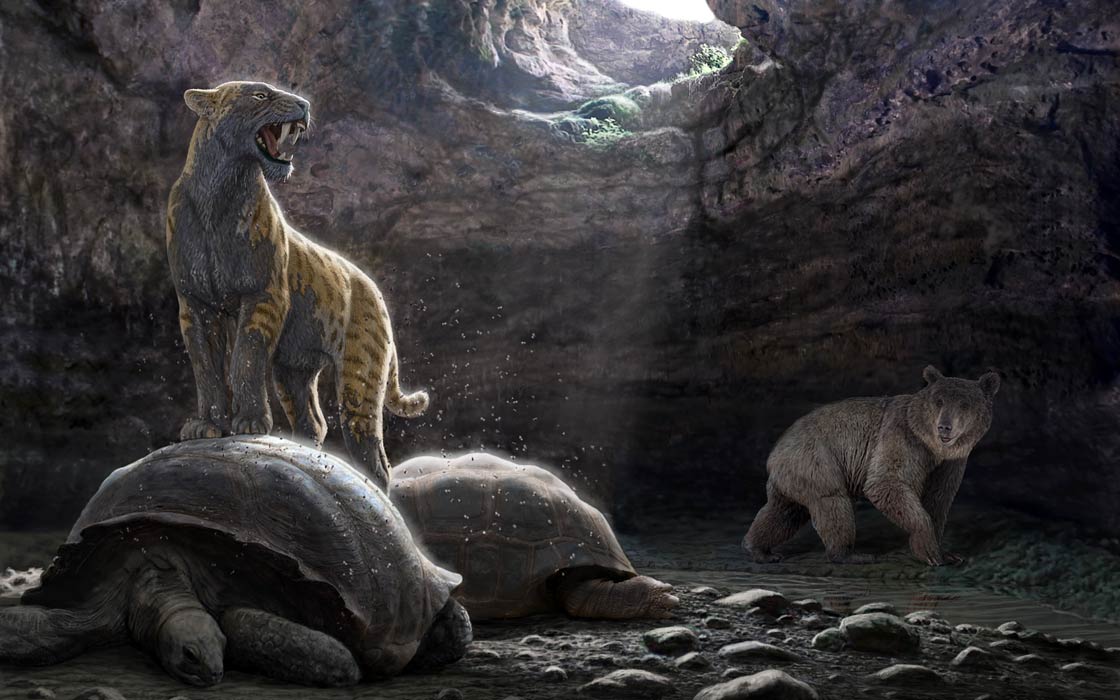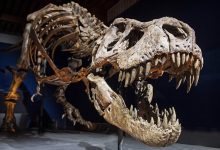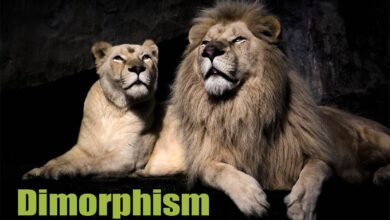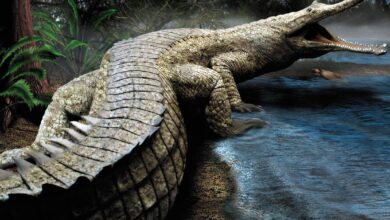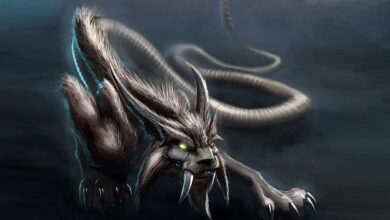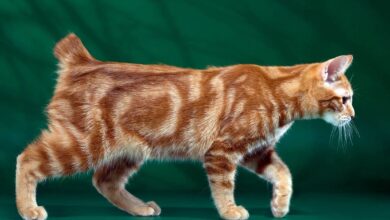What do we know about extinct animals?
Extinct animals
When another movie about dinosaurs appears in theaters, and on the nature channel we see a documentary series showing scenes from the lives of extinct animals, some people ask themselves what of the things seen on screen we know for sure, and what is the invention of the creators. The thing is that often not even scientists know.
There is no doubt that fossils provide us with a lot of valuable data about the appearance of long-extinct animals, how they obtained food, and sometimes their behavior. However, much information will remain a mystery to us forever. What color were dinosaurs? What sounds did they make? How did they behave? Similar questions can be asked about many other extinct animals. Knowledge about organisms living today and presumably occupying similar ecological niches is often a great help.
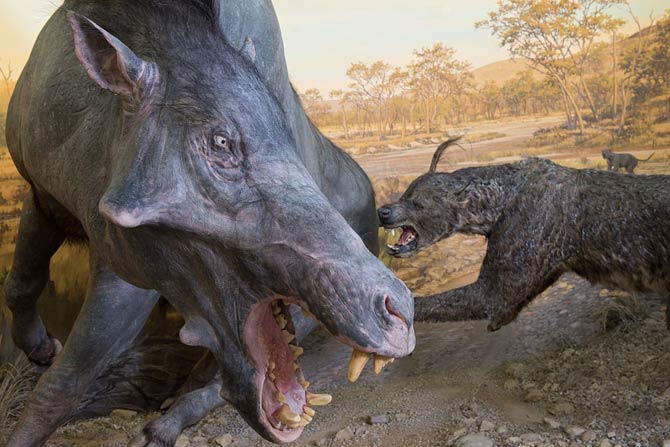
Appearance of extinct animals
The appearance of an extinct animal can be mapped on the basis of its skeleton. Here is the first pitfall – it must be fairly complete, so that the figure is not unconsciously distorted. Moreover, the bones have to fit together well.
If the skeleton is incomplete, the appearance of the animal is usually described on the basis of animals related to it. An experienced paleontologist is able to assess to which group a given animal belongs and is able to reconstruct its appearance quite well, even if he does not have a complete set of bones.
However, the silhouette is not everything. What about the body coverings?
Paleontological discoveries are still being made and therefore our knowledge about extinct animals is growing. Today we know, for example, that many dinosaurs, especially small ones, were covered with feathers. In many films we can see the same animals without feathers, with ordinary, “reptile” skin and covered with scales – however, this is not a mistake, but a result of the recognized image at the time when the film was made.
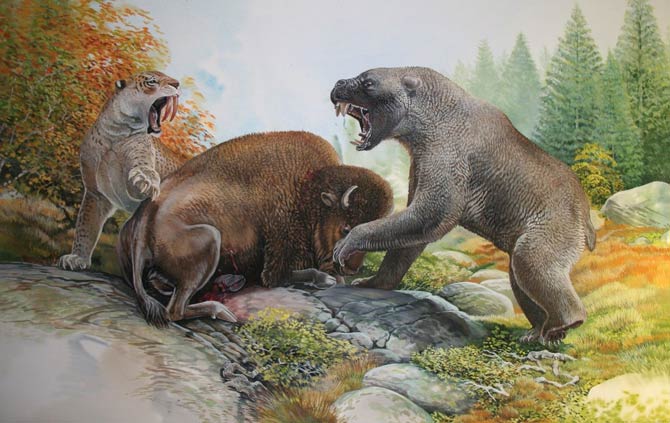
Coloring of extinct animals
The case is even more difficult with color. In this case, we are completely doomed to guesswork. However, based on the observation of modern animals, we can conclude that certain color patterns are always the same:
- animals living in the savannah are fawn
- in dense forests – brown and black
- in the desert – yellow and rusty
However, we know of many animals characterized by unusual patterns on the body or that break out of this pattern.
The best example of this is the zebra, as well as the many colorful parrots and snakes. Among the latter, there are frequent cases when there is a complex pattern of multi-colored geometric figures on the body. It is possible that similar patterns also existed, for example, in dinosaurs or pterosaurs.
It is worth adding that many animals, including many birds, change their appearance during the mating season. Hence, the creators of contemporary films and para-documentary programs sometimes add such elements – for example, in the series “Walking with Dinosaurs”, some species during the reproductive period have bright spots on their bodies. Of course, this is an unsupported invention, but it cannot be definitively ruled out that it was not the case.
The question of the coloration of extinct animals is almost (see below) impossible to solve. Therefore, one should not be surprised when, reaching for one book, we see a dinosaur colored uniformly gray, while in another publication the same species will have “tiger”, black and yellow stripes.
Coloring of dinosaurs – new discoveries
The colors of dinosaurs have kept paleontologists awake at night for years. Over the years this has been the great unknown as skin pigmentation is almost always lost during the fossil process. Nevertheless, recent studies on feathered dinosaurs have shown that we may be able to infer the colors of some species through the use of melanosomes – the pigments that determine the color in feathers.

Sounds made by extinct animals
What sounds did mammoths make? It can be assumed that they were similar to today’s elephants. What sounds was the tyrannosaurus making? Finding the answer to this question is more difficult.
In the case of sounds, we are also completely doomed to guesswork. We can be almost sure that many extinct animals, at least the more developed ones, certainly made sounds – sounds are an important way of communication and it is hard to believe that, for example, Mesozoic reptiles were mute. Since there were organs for receiving sounds, it can be assumed that there were also organs for making them.
However, it is impossible to say what noises the animal made. Referring to the examples we know, we believe that the larger animals made low grunts and loud roars, while the smaller ones, for example, hissed and squealed or made bird-like noises. Nevertheless, also in this case, the developers of programs about extinct animals can afford almost complete freedom. Attempts to recreate the sounds made by extinct animals are rare; one example is the Parasaurolophus, a dinosaur with an appendix on its head that some researchers believe may have served as a kind of resonator.
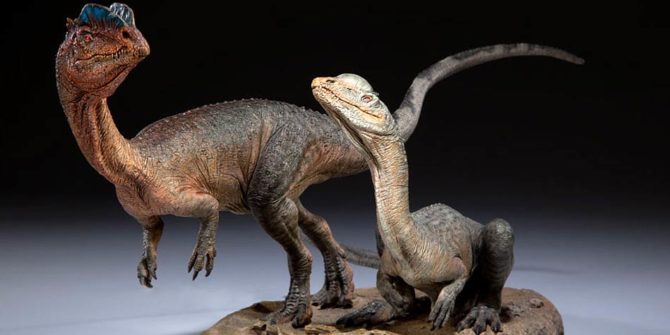
The behavior of extinct animals
When trying to establish the lifestyle of animals, researchers rely on their body structure as well as preserved fossil traces. The latter are relatively rare in terms of behavior, but it has been shown, for example, that at least some dinosaurs laid eggs in nests and probably cared for them. Fossilized traces allow us to assume that many extinct animals – like those living today – formed herds.
However, the fossils do not allow too many conclusions to be drawn. How did extinct animals behave? Did the predators hunt alone or in herds? How did individuals of one species relate to each other? When looking for answers to these questions, analogies are also made to animals living today, probably occupying similar ecological niches.
On this basis, it can be concluded, for example, that medium and large herbivores formed herds, which made it easier for them to defend themselves against attackers. It is also possible that they were mixed herds, similar to those formed today by zebras and giraffes. What about predatory animals? Today it is assumed that, for example, small predatory dinosaurs hunted in groups – similar to wolves and African wild dogs today. However, we also know that many species of cats hunt alone. So it is not excluded that some of the extinct predators also did.
It is also impossible to confirm or deny such hypotheses as the famous venom glands in Dilophosaurus in the movie “Jurassic Park”. The venom glands are transformed salivary glands, so even if soft tissue segments were preserved, they would not be distinguishable. Such creative invention of the screenwriter is therefore allowed.
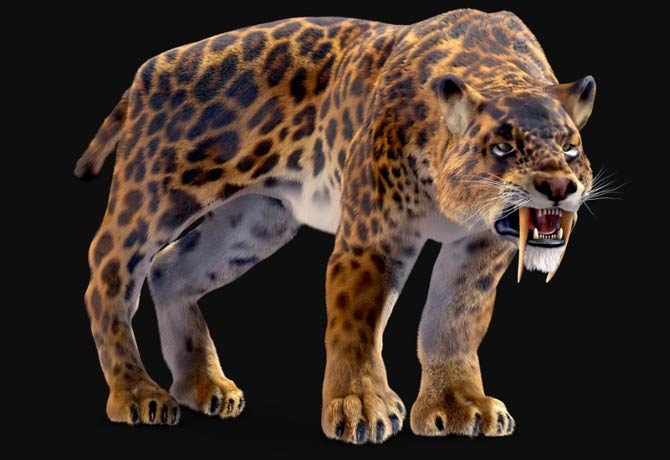
The speed of extinct animals
One of the biggest challenges facing filmmakers about extinct animals is convincingly showing how they moved. For example, until the 1980s, it was thought that dinosaurs were ectothermic and moved slowly. Then a theory was put forward that at least some of them may have been warm-blooded, and beyond that they may have moved much faster than previously thought.
In this case, scientists have a somewhat easier task – based on the structure of the skeleton, it is possible to roughly determine how the animal moved and the strength of its muscles. If fossilized footprints are found, it is also possible to determine the length of the stride, which combined with data on the length of the limbs allows us to determine approximately how fast the animal moved. However, even in this case doubts arise, such as: was the measured speed the maximum that the animal was capable of? The strength and range of motion of the limbs is also often a mystery.
Our state of knowledge about extinct animals increases every year. New theories appear that seem bold, but over time few doubt their veracity. In many cases, however, we will never know the truth. What is left for us? Enjoy the creativity of writers and directors of films about extinct animals and remember that the visions presented by them may not be completely true, but they do not necessarily have to be far from the reality of millions of years ago.
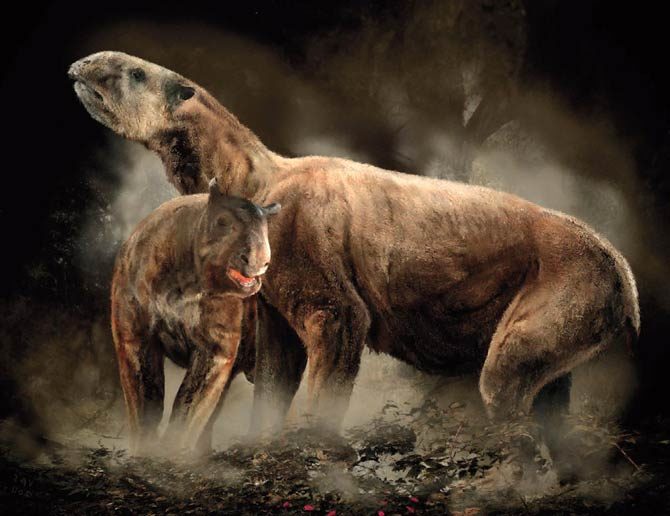
Interesting facts about extinct animals
The 1993 film “Jurassic Park” presented an image of dinosaurs that was consistent with the state of knowledge when the film was made. By the time the sequels were made, it was already known that small predatory dinosaurs were covered with feathers, but their appearance in the films did not change. The filmmakers wanted to maintain consistency and were afraid that the feathered dinosaurs would make the audience laugh. Instead, their behavior was changed in accordance with the latest findings of scientists, including the way they hunted.
Robert Bakker, a famous American paleontologist, wrote a fictionalized novel called “Raptor Red” recounting a year in the life of a female Utahraptor. Some researchers have accused the scientist that in many respects the book is pure fantasy (descriptions of the mating rituals of several animal species appear in it, for example), but Bakker and his followers have proven that none of the information that appears contradicts science.
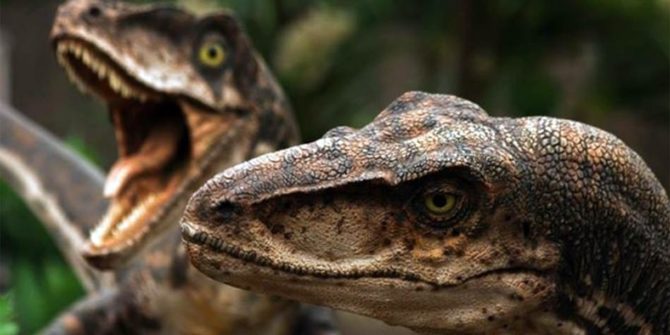
Recommended
- Megafauna
- Mammoth
- Stegodon
- Mastodon
- Platybelodon
- Indricotherium
- Cave bear
- Short-faced bear
- American lion
- European cave lion
- Smilodon – Saber-toothed tiger

